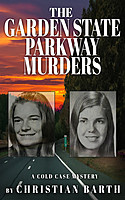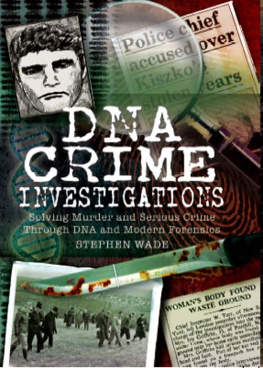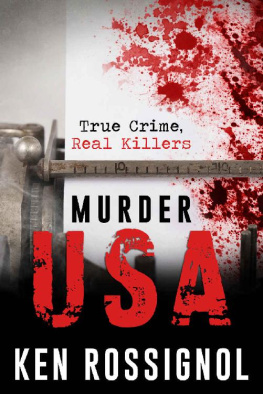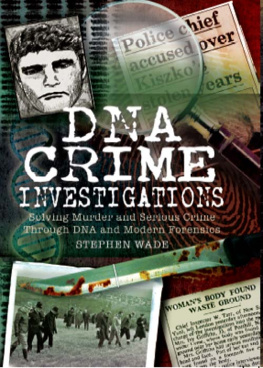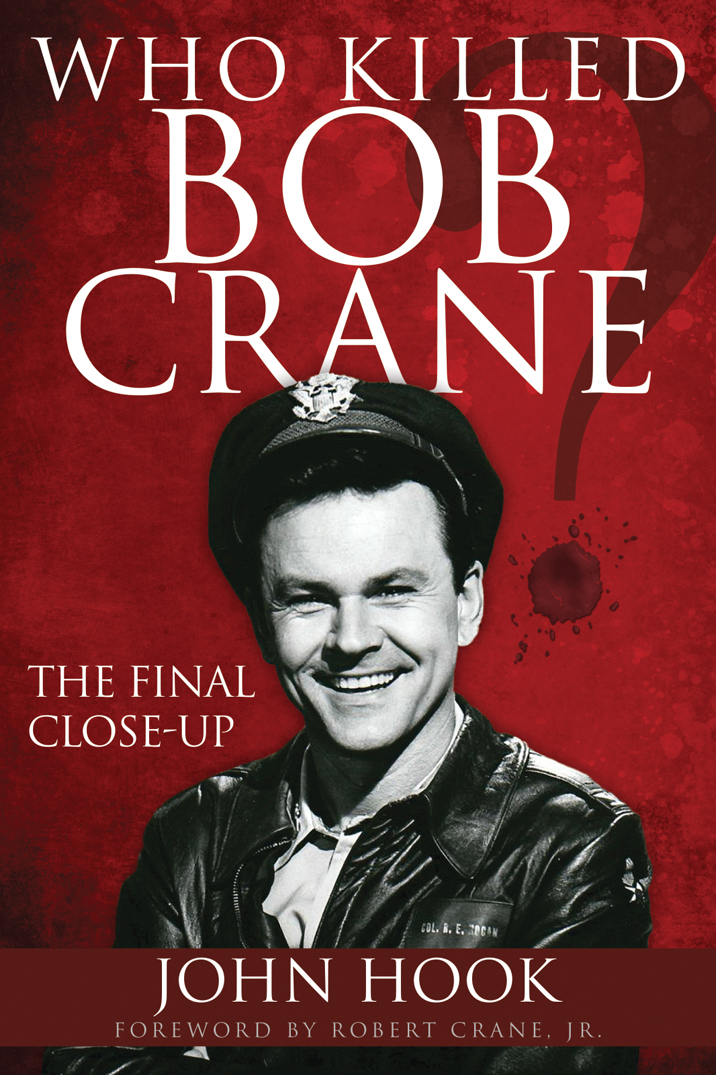
The author has taken reasonable precautions in the preparation of this book to present information and material believed to be accurate as of the date it was written. Much of the information and material in this book is a matter of public record. However, neither the author nor the publisher nor any entity affiliated with the publication of this book makes any representation that the information and material is accurate, complete or up-to-date nor assumes any responsibility for any errors or omissions in the information and material. The author and publisher specifically disclaim any representation, warranty or liability resulting from the use or application of the information and material contained in this book. All opinions and conclusions, not otherwise attributed, are entirely those of the author.
No part of this publication may be reproduced, stored in a retrieval system, distributed, or transmitted in any form or by any means, electronic, mechanical, photocopied, recorded, or otherwise, except in the case of brief quotations embodied in critical articles or reviews, without the prior written permission of the publisher.
For more information, visit www.WhoKilledBobCrane.com
Copyright 2017 John Hook All Rights Reserved
Get Hooked Media is an imprint of Brisance Books Group
10 9 8 7 6 5 4 3 2 1
ISBN: 978-1-944194-26-0
022017
DEDICATION
To the lights in my life:
Gina, Kendall, Michael and Makena.
To my father Oliver for his love and guidance.
My late mother Elizabeth and big brother Steve.
Table of Contents
Guide
CONTENTS
My father would certainly have enjoyed what veteran newsman John Hook and his crew have done: Starting over in working a 40-year-old, unsolved murder case, the most famous in Arizona history.
John asked new questions and interviewed the surviving investigators, district attorneys, friends, family, co-workers, defense counsel uncovering then scrutinizing box after box of prosecution case evidenceevidence that was supposed to have been destroyed in 2002 supplying Cellmark Labs (made famous by the O.J. Simpson trial) with the last of the surviving cellular and blood samples. All told, hundreds of hours of investigation aimed to mine a new nugget of information, turn over all the stones, eliminate persons of interest, and find my fathers killer.
John has painted a vivid and very real picture of a complex manand, in Who Killed Bob Crane?, shares his discoveries, insights, and conclusions on this brutal, unsolved murder. As he delved into this cold case, I reflected on a father-son relationship that was forever changed by violence.
My father loved the news. His morning show on KNX Radio in Los Angeles aired from 1956 to 1965 and shared time with local news and national network news broadcasts. He would talk current events with his celebrity guests like Bob Hope or Mary Tyler Moore. My father watched news icons Walter Cronkite and Huntley-Brinkley early evening and Jack Paar, Johnny Carson, and Dick Cavett late night as well as Mike Wallace, Morley Safer, and Ed Bradley every Sunday.
He loved exposing injustice and what he saw as the Great American Rip-off. He enjoyed an entertaining interview that crossed the imaginary line into a serious discussion unearthing new views and ideas. He trusted the anchors, hosts, and correspondents with the facts.
The man that my family loves is not the guy in the tabloids. Yes, the Connecticut-born, small-town boy, once a Catholic altar boy, loved women. But he loved family moreplaying a choked-bat bastardization of baseball in our swimming pool, taking my sisters to the park, creating comedic family home movies.
I traveled to Scottsdale on June 29, 1978, the day of my fathers murder, to be my familys eyes and ears. There were no cell phones. I couldnt tweet updates. I used a public pay phone to report the news to my stepfather, Chuck. In the background, I heard shrieks emanating from my mother, Anne, grandmothers Nan and Gram, and sister, Karen. Karen later told a reporter, I saw my mom and grandmothers in the kitchen crying. They couldnt talk, they were crying so much. It was Karen who called my other sister, Debbie, at her apartment. Her recollection of that phone call is chilling, even today nearly four decades after my fathers murder. The phone rang. It was my sister. She screamed. I said, Karen, whats wrong? She said, We dont have a father anymore. I said, What are you talking about? She said, Dad has been killed. Debbie, with tears in her eyes, recalled this moment years later to an interviewer.
The decades have rolled by. My sisters and I can become members of AARP if we care to. My mother and stepfather are alive, vibrant, and still curious. But a feeling of weariness and incompleteness hangs over my family. The missing puzzle piece. The elephant in the room that no one will acknowledge. The realization that there is no such thing as closure.
John Hook eats the news for breakfast. He has interviewed every hero and every perp. He has hung with politicians, witnessed the best and worst of our society, covered bewilderingly larger-than-life stories and street-beat tales of the average citizen trying to do whats right. My father would have admired Johns interviewing skills.
My family is touched by Johns passion for this story, his tenacity, his never-depleted energy pool, his desire to get it correct, his respect for humanity.
After all these years, John Hook has ignited a firestorm in my family. There is hope, interest, and a yearning for a resolution. If John can turn over a leaf and discover one iota of new detail, then his journey has been well worth it.
For nearly 40 years, the bludgeoning murder of Hogans Heroes star Bob Crane has remained a tantalizing mystery. It consistently ranks as one of the top unsolved celebrity murders in history. For decades, wild theories and speculation have swirled over who killed Crane in Scottsdale, Arizona in the summer of 1978. Was it his close friend John Carpenter, who was eventually put on trial in 1994 and acquitted? Or was it someone else? The mob? A jealous husband, boyfriend, or lover? The mystery has spawned hundreds of articles, books, and movies over the past four decades.
This is the story of how I looked to science to try to solve a baffling cold case. In what may be a journalistic first, I was granted unprecedented approval from the Maricopa County Attorneys Office to retest the original blood evidence in the Crane case. Could modern DNA science answer the critical question: Who Killed Bob Crane?
Some may wonder why a celebrity murderone thats nearly 40 years old, and still unsolvedis worthy of this effort? The answer is simple. People deserve to know the truth; they want to see justice served, even if it takes years. The families, whove suffered so greatly, deserve to know the facts. Investigators, prosecutors, and police who spent years trying to solve this case deserve the same. And the public, for whom Bob Cranes murder has been an enduring curiosity, wants answers.
Human beings, curious by nature, tend to hate loose ends and unanswered questions. When a crime is committed, we want the person or persons responsible held accountable. And in the eyes of the law, the most serious crime is the taking of another human life.
As a journalist for 33 years, I have always held sacred the search for the truthwherever it may lead. Its what guided me on this journey.
Bob Crane became known to millions of Americans in 1965, when he landed the starring role in CBS televisions



